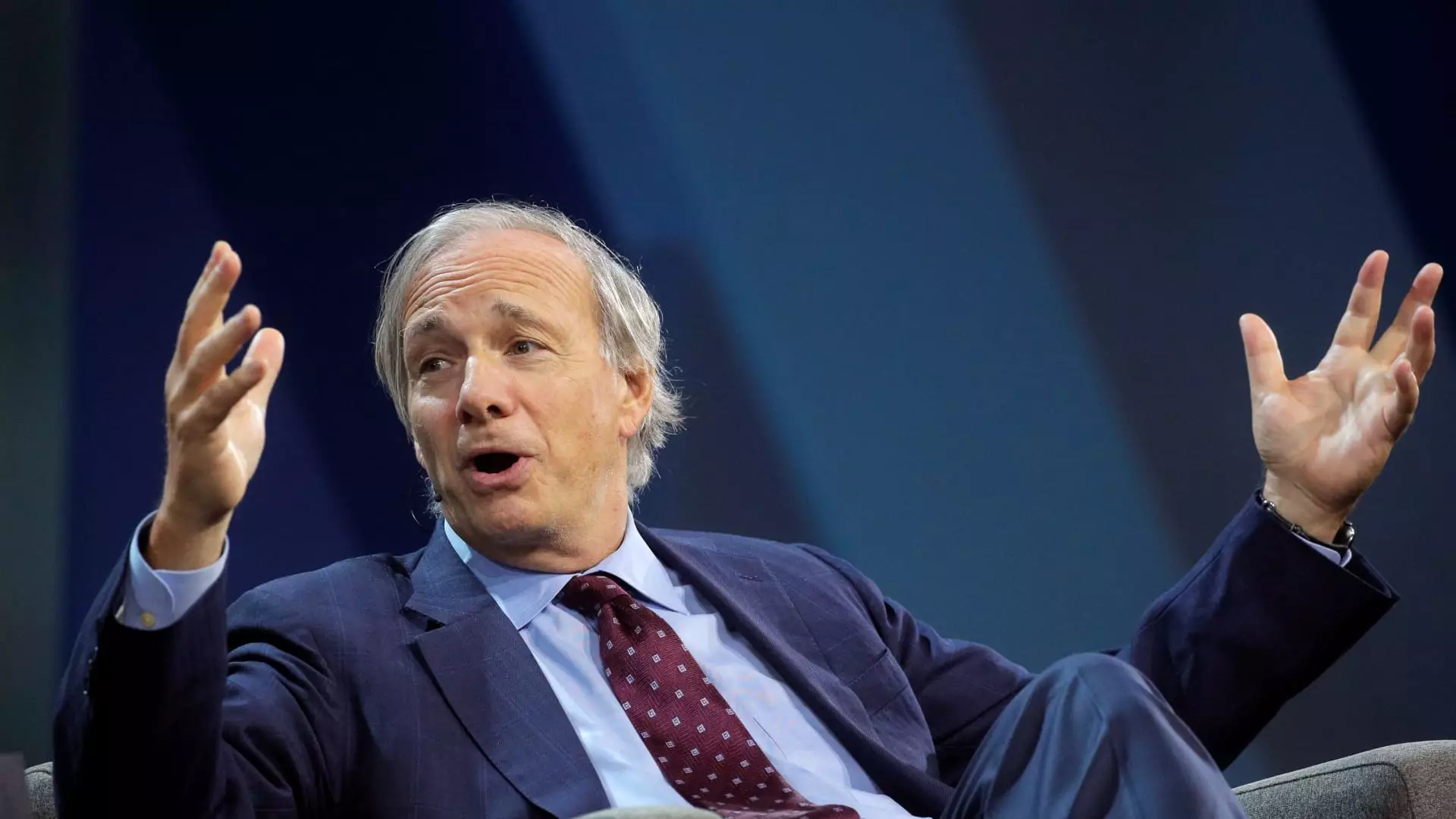The recent decision by the U.S. Federal Reserve to implement its first interest rate cut since the onset of the COVID-19 pandemic is a pivotal move in a complex economic landscape. The central bank reduced the federal funds rate by 50 basis points, bringing it to a range of 4.75% to 5%. While this lowering of rates is intended to stimulate economic growth by decreasing borrowing costs, it also raises concerns about the sustainability of the U.S. economy given the significant burden of national debt.
Billionaire investor Ray Dalio has voiced his apprehensions regarding the current financial environment. According to him, the U.S. economy is grappling with an “enormous amount of debt,” a situation exacerbated by the government’s aggressive spending during the pandemic. The Federal Reserve finds itself in a precarious balancing act: it must keep interest rates sufficiently high to favor creditors while ensuring they remain low enough to avoid burdening debtors excessively. This challenge has significant implications for both financial institutions and consumers, as changes in the fed funds rate directly influence the costs associated with mortgages, auto loans, and credit card debt.
Recent reports from the U.S. Treasury Department illustrate the gravity of the debt situation. Interest payments on the national debt have surged past $1 trillion within just one year, and the overall national debt has ballooned to a staggering $35.3 trillion. This financial strain is further accentuated by a growing budget deficit, which is projected to approach $2 trillion this fiscal year. The combination of these factors signals a potentially volatile economic climate that demands careful scrutiny.
Dalio has categorized debt, monetary policy, and the economic cycle as crucial driving forces of the global economy, revealing a profound concern for unprecedented levels of government borrowing and central bank monetization of this debt. The measures taken during the pandemic to avert economic disaster have left governments worldwide with massive fiscal imbalances, raising essential questions about the long-term viability of this financial strategy.
Amidst the complexities of current economic conditions, Dalio’s commentary also explores the political landscape and its implications for debt sustainability. He has expressed skepticism regarding the current priorities of U.S. leaders, noting that regardless of who wins the upcoming presidential election—whether it be former President Donald Trump or Vice President Kamala Harris—there will likely be insufficient focus on managing the nation’s debt responsibly. The ongoing paradigm, characterized by heavy dependence on debt monetization, leaves Dalio forecasting a trajectory akin to that of Japan, which has grappled with artificially low interest rates for years.
Japan’s experience, marked by significant depreciation of its currency and falling bond values, serves as a warning for the United States. Dalio’s allusion to the situation in Japan highlights the risks of sustained low yields, arguing that this scenario may ultimately result in a loss of wealth and purchasing power for bondholders. The parallels between the two economies raise critical questions about how the U.S. might navigate its own fiscal crises.
Dalio’s insights do not stop at individual nations but refer to broader market implications that may arise from a surplus of debt. He notes that when economic conditions lead to insufficient demand for debt securities, interest rates may need to rise, or the Federal Reserve may be compelled to intervene by purchasing more debt. Such intervention, he warns, would not only signal instability but also lead to considerable market disruptions.
An essential aspect of his analysis revolves around the nature of monetary systems. In a fiat currency regime, the central bank’s capability to monetize debt provides a somewhat artificial cushion against default events. However, should the situation escalate, Dalio predicts a depreciation of currencies across the board, reminiscent of historical periods of economic distress. He draws comparisons to the environments of the late 1970s and the tumultuous years from 1930 to 1945, suggesting that the economic indicators we observe today may form patterns that echo those eras.
Ray Dalio’s perspective on the confluence of debt, government policies, and monetary systems offers a vital lens through which to analyze the current U.S. economic framework. As the Federal Reserve continues to navigate interest rate adjustments, the underlying debt burden poses a formidable challenge that could undermine future growth unless addressed with a combination of strategic planning and fiscal responsibility. The path forward remains uncertain, but vigilance and adaptability are essential as economies reconcile debt management with sustainable growth in a post-pandemic world.


Leave a Reply